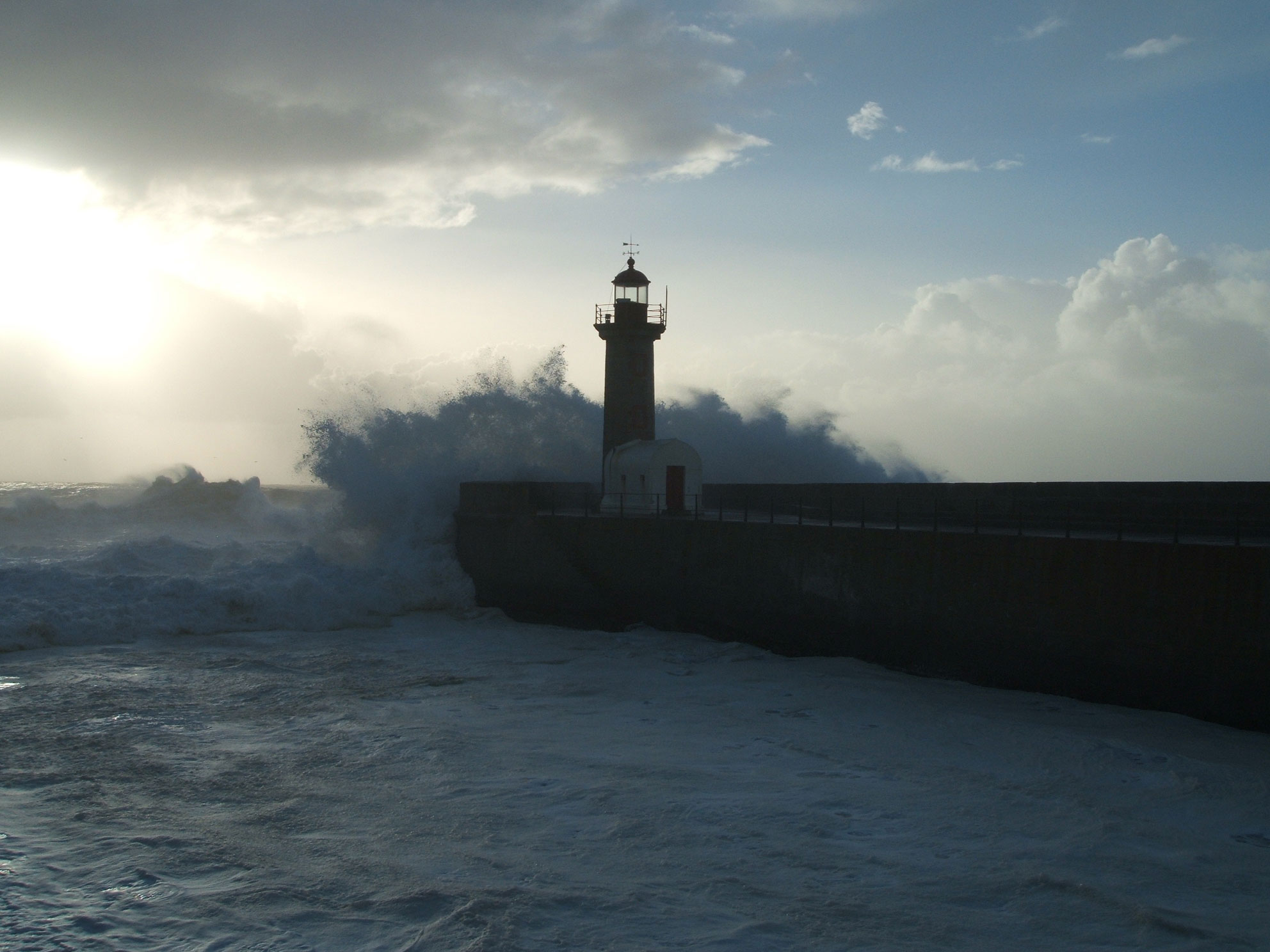Foz Do Douro on:
[Wikipedia]
[Google]
[Amazon]
Foz do Douro (; meaning "Mouth of the

Douro
The Douro (, , ; es, Duero ; la, Durius) is the highest-flow river of the Iberian Peninsula. It rises near Duruelo de la Sierra in Soria Province, central Spain, meanders south briefly then flows generally west through the north-west part of ...
") is a former civil parish
In England, a civil parish is a type of administrative parish used for local government. It is a territorial designation which is the lowest tier of local government below districts and counties, or their combined form, the unitary authority ...
in the municipality of Porto
Porto or Oporto () is the second-largest city in Portugal, the capital of the Porto District, and one of the Iberian Peninsula's major urban areas. Porto city proper, which is the entire municipality of Porto, is small compared to its metropol ...
, Portugal. In 2013, the parish merged into the new parish Aldoar, Foz do Douro e Nevogilde
Aldoar, Foz do Douro e Nevogilde is a civil parish in the municipality of Porto, Portugal. It was formed in 2013 by the merger of the former parishes Aldoar, Foz do Douro
Foz do Douro (; meaning "Mouth of the Douro") is a former civil parish in th ...
. The population in 2011 was 10,997, in an area of 1.88 km². It became a parish in 1836. It is located in the western part of Porto, next to the mouth of the Douro
The Douro (, , ; es, Duero ; la, Durius) is the highest-flow river of the Iberian Peninsula. It rises near Duruelo de la Sierra in Soria Province, central Spain, meanders south briefly then flows generally west through the north-west part of ...
river and the Atlantic Ocean
The Atlantic Ocean is the second-largest of the world's five oceans, with an area of about . It covers approximately 20% of Earth's surface and about 29% of its water surface area. It is known to separate the " Old World" of Africa, Europe ...
. It is one of the most affluent areas of city Porto, and known for being inhabited by the upper classes.
History
The first king of Portugal, Afonso Henriques, donated a chapel in São João da Foz in 1145. In the 13th century the chapel became part of the Benedictine monastery of Santo Tirso. The borders of the parish, called "Couto da Foz," were limited by the city of Bouças (Matosinhos) in the north and Port, to the east.
References
Former parishes of Porto {{porto-geo-stub